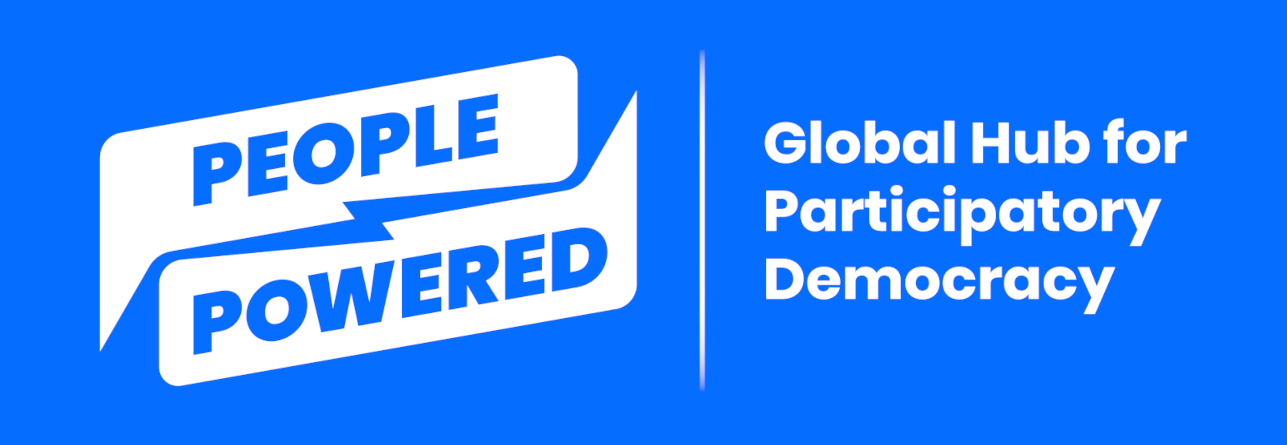Why use digital participation platforms?
/Why use digital participation platforms?
Digital participation platforms offer a variety of benefits. For example, everyone with internet access can track project status. Likewise, the platforms often serve as communication hubs for participating communities.
Developers of digital participation platforms promise other benefits, such as:
Reaching more people than via meetings, because residents can take part when they're not busy and without traveling.
Lower costs compared to traditional outreach methods.
Integration with other participatory democracy processes, such as by collecting ideas for in-person deliberation.
Automated analysis of large amounts of resident feedback.
Easier follow-up communications with residents based on their interests and ideas.
More open and transparent decision-making.
Besides digitizing traditional engagement tactics, online platforms offer new modes of participation. For example, consider the group decision-making tool Pol.is. It invites people to draft value statements that others can vote on and rally around. An example is, "Rideshare drivers should make a living wage." The platform then uses artificial intelligence (AI) to map existing (but unrecognized) areas of consensus between otherwise opposing stakeholders.
The hope is that digital platforms will amplify the benefits of public participation, resulting in better-informed decisions and more trust in public institutions. Digital platforms also can make it easier and cheaper for officials to open up decision-making more often. A wider range of people can thus share their perspectives, better informing decisions before governments finalize plans. People hopefully trust government more when they have had the opportunity to take part early on in a process. And increased public attention to decision-making and implementation can contribute to more responsive governments.
Participatory decision-making is not a panacea
As with any human endeavor, processes designed to increase and broaden participation are often imperfect. They are frequently designed by those who already hold power, sometimes at the expense of those who do not. Institutions with a long history of marginalization and exclusion are rarely interested in sharing power, and this can distort well-intended efforts to do so.
For this and other reasons, participatory democracy has its limits. For example, expanding inclusion without delegating meaningful power can have unintended negative consequences. Engaging people to participate in a corrupt system could be perceived as an endorsement.
Thus, not all promised benefits have materialized. Inviting people to share power requires more than creating an accessible website. And holding governments accountable is a separate issue altogether.
Likewise, there are drawbacks to digital participation, which we will discuss in the considerations section of this guide. Still, digital participation platforms can be a worthwhile investment, and our goal with this guide is to increase the chances that they will improve results.
You may not need a dedicated digital participation platform
While the platforms we discuss in this guide can be used to invite new participants and make administration easier, there are plenty of cases of institutions doing more with less. If you don't have the budget or tech resources to implement a digital participation platform, you might also find success engaging people through the tech they're already using. Around the world, participation advocates have successfully used apps like WhatsApp, Weibo, Microsoft Teams, or basic online forms to accomplish many of the same goals we discuss here. These “old-school” tech tools function as digital participation platforms when people use them to engage, even if they aren't marketed for that purpose. Meaningful engagement can occur wherever and however people are motivated to participate.
Next: What can digital participation platforms do?
Previous: What is a digital participation platform?




